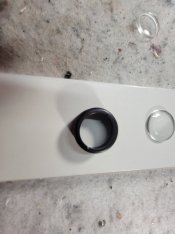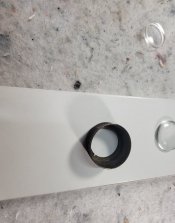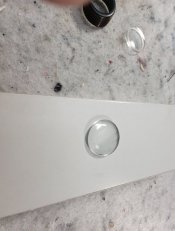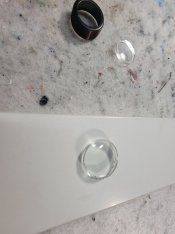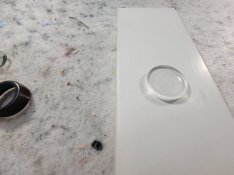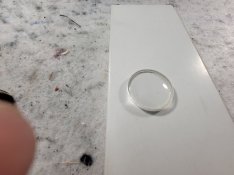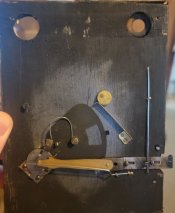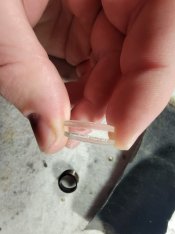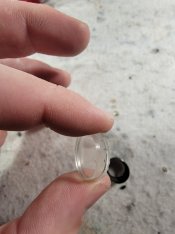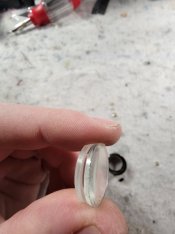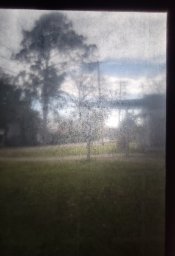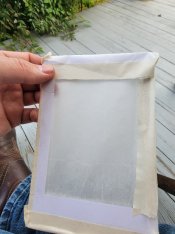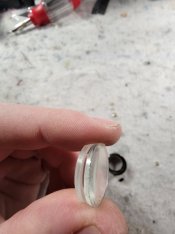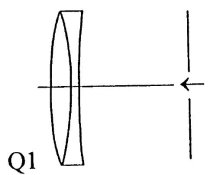Candlejack
Member
Well. I made a stupid mistake. I was cleaning an old box camera. (Western cyclone senior) and i screwed out the lens to wipe the back. I dropped the piece and it seperated.
Below are the 3 pieces, and im not sure what order and orientation to put them in and of the glass elements should touch.
First and second pic. The screw in piece. Outside first then bottom
3rd and 4th. 3rd pic is rounded/concave., 4th pic/other side is flat.
5th and 6th. Concave on one side.. relatively flat on the other.
Thank yall so much for your help in advance. I feel pretty dumb lol
Below are the 3 pieces, and im not sure what order and orientation to put them in and of the glass elements should touch.
First and second pic. The screw in piece. Outside first then bottom
3rd and 4th. 3rd pic is rounded/concave., 4th pic/other side is flat.
5th and 6th. Concave on one side.. relatively flat on the other.
Thank yall so much for your help in advance. I feel pretty dumb lol








